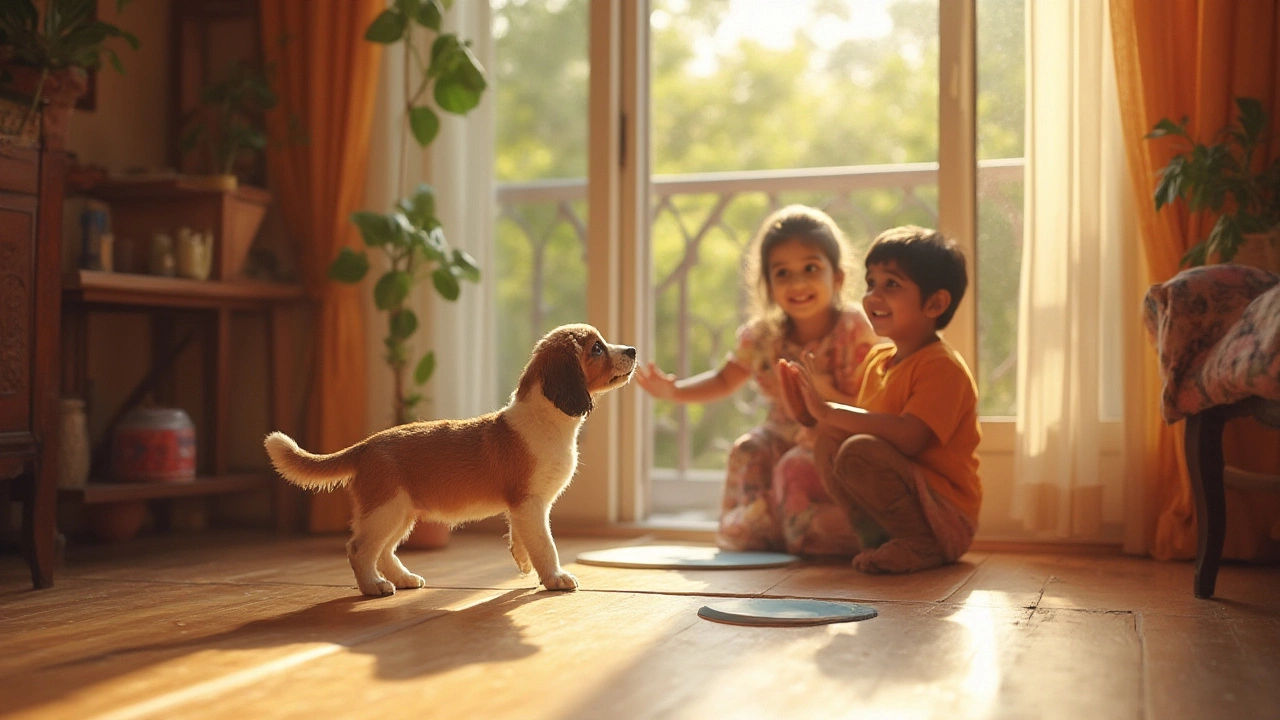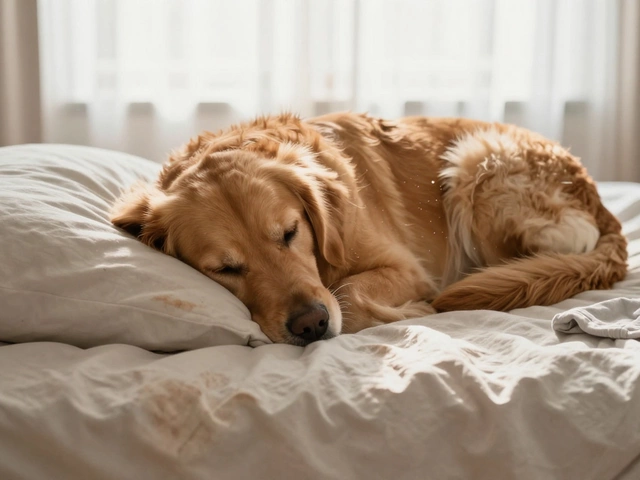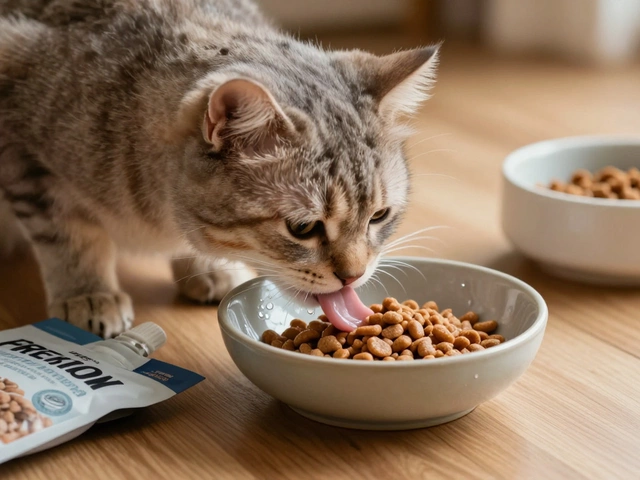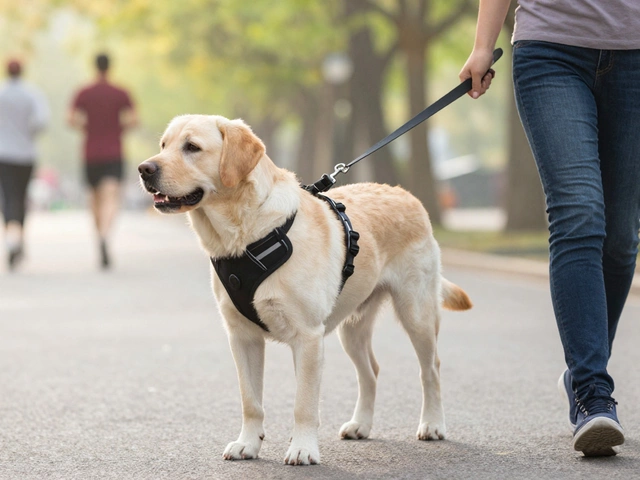Housebreaking Puppies: Simple Steps for Success
Got a new pup and wondering how long it will take to stop accidents inside? You’re not alone. Housebreaking feels like a mystery, but with a clear plan you can teach your puppy where to go in just a few weeks. Below are the core actions that work for most dogs, plus the realistic timeline you can expect.
Set Up a Consistent Schedule
The first rule is to feed, walk and let your puppy out at the same times every day. Puppies have tiny bladders, so they need to go after meals, naps, and play sessions. A good rule of thumb: take them out every two hours while they’re under six months old. When you stick to the schedule, their body learns when bathroom breaks are expected, and accidents drop quickly.
Pick a specific spot outside and always lead the puppy there. The scent helps them associate that area with potty business. Praise them with a happy voice and a quick treat right after they finish. This positive reinforcement tells the puppy, "That’s the right place, and it feels good to you."
Watch the Signs and React Fast
Learn the signals that mean your puppy needs to go. Common cues include sniffing the floor, circling, whining, or heading to the door. When you see any of these, rush to the chosen spot immediately. Delaying even a minute can lead to an indoor accident and confuse the puppy.
If an accident does happen, clean it thoroughly with an enzymatic cleaner. This removes the odor that might tempt the pup to use the same spot again. Never punish a puppy after the fact; they won’t connect the scold with the accident and may become fearful of you.
Crate training is a powerful backup. Dogs naturally avoid soiling where they sleep. Choose a crate that’s just big enough for the puppy to stand, turn around, and lie down. When you’re not able to supervise, put the pup in the crate for short periods. Take them out right after opening the crate and reward them for going outside.
How long will it take? Most puppies start showing consistent potty habits by the end of week two if you follow a strict schedule and reward system. Full reliability usually arrives around the four‑to‑six‑week mark, but some breeds and individual dogs may need eight weeks or more. Keep patience high and stay consistent; those extra weeks are normal, not a failure.
Finally, remember to adjust as your puppy grows. As the bladder capacity expands, you can stretch the intervals between outings. Keep using the same spot and praise style, and gradually lower the number of treats as the behavior becomes habit.
Housebreaking doesn’t have to be a marathon of frustration. Stick to a routine, watch for signals, reward the right behavior, and use a crate wisely. In a few weeks you’ll have a clean house and a confident pup that knows exactly where to answer nature’s call.

When Should Puppies Stop Peeing in the House? Essential Tips for House Training Success
Discover when puppies typically stop peeing indoors, what affects housebreaking timelines, and how to speed up the process with proven training tips.
read more



